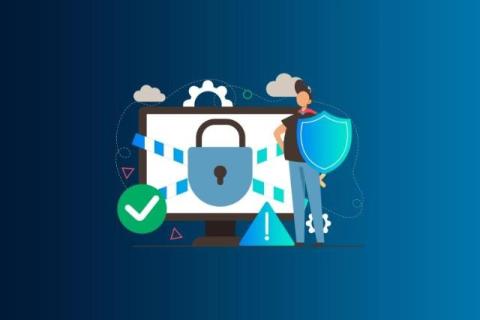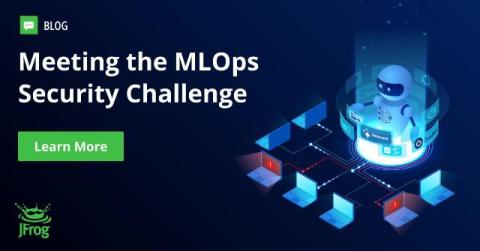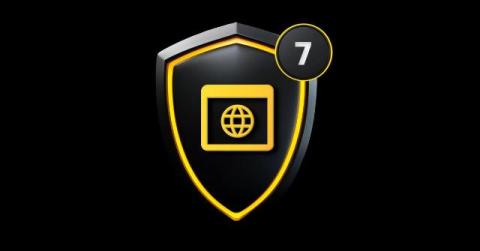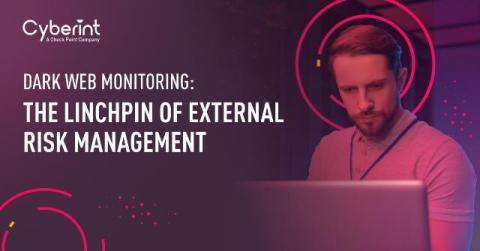CVE-2024-10443: Critical Zero-Click RCE Vulnerability Discovered in Synology NAS Devices
On November 1, 2024, details of a critical vulnerability affecting Synology NAS devices, which had been patched a few days earlier, were publicly disclosed. This vulnerability, tracked as CVE-2024-10443 is classified as a zero-click flaw, meaning no user interaction is required for exploitation. The issue originates from the SynologyPhotos application, which comes pre-installed and enabled by default on Synology’s BeeStation storage devices and is also widely used among DiskStation users.










